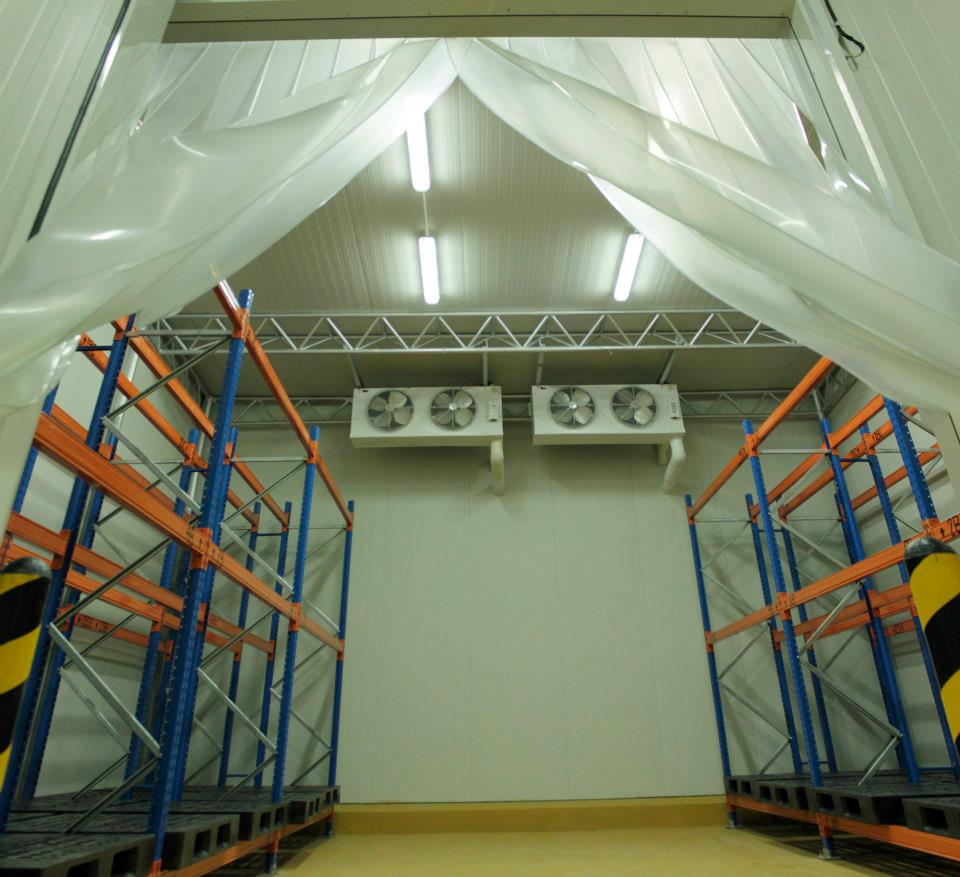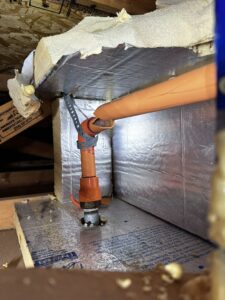If you are looking for a trusted fire sprinkler contractor in Washington, for help on your next project, talk to the pros at Empire Fire Protection for a free consultation. With decades of knowledge in the Puget Sound Region, were here to help!
What is a Dry Sprinkler System?
A dry sprinkler system, an innovative variant of the conventional fire sprinkler system, maintains its pipes filled with pressurized air or nitrogen instead of water. This design excels in regions prone to freezing winter conditions, offering protection from fire in a frost-proof setup. Notable U.S. locations where such systems are crucial include Seattle, New York, Tacoma, Bellevue, and Fargo, North Dakota.
The star of a dry sprinkler system is the dry pipe valve, such as the industry-leading Tyco’s DPV-1 dry pipe valve. Positioned in a heated space, this device isolates the water from the air-filled pipes until a fire event causes the sprinklers to activate. When that happens, the pressurized air is released, instigating the valve to open. This permits water to rush into the pipe and be discharged through the activated sprinklers to suppress the fire.
Advantages of Dry Sprinkler Systems
The most significant advantage of a dry sprinkler system is its ability to provide automatic fire protection in locations where freezing temperatures could render a wet pipe system ineffective. Common locations for these systems include unheated warehouses, outdoor loading docks, commercial freezers, and attics. They are also beneficial in premises housing water-sensitive materials, where a leak from a damaged wet pipe system could be catastrophic.

There are also some secondary benefits that may not be immediately obvious. For instance, because there's no water in the pipes until it's needed, dry systems have a slightly lower risk of accidental water damage from pipe leaks or accidental activations. They also require less water supply because they are usually only activated in case of a fire, making them an eco-friendly choice.
Disadvantages of Dry Sprinkler Systems
As with any technology, dry sprinkler systems have a few drawbacks. First, they are more complex and costly to install than wet pipe systems due to the additional equipment like air compressors and pressure tanks needed to keep the system pressurized. This also increases their maintenance needs.
Furthermore, the design of a dry sprinkler system limits its flexibility, making it challenging to retrofit into some existing buildings. Also, there's a slight delay in the delivery of water once a sprinkler head is triggered because the water needs to travel through the pipes.
Understanding the Dry Pipe Valve
The dry pipe valve is a crucial component in the functioning of a dry sprinkler system. It serves as the gatekeeper between the water supply and the pressurized gas-filled pipe network. Its role is to keep the two separate until a fire is detected, at which point the pressure drop caused by the sprinkler head opening triggers the valve to let water into the system.
The air pressure in the system is maintained either through an air compressor or a closed, compressed air system, adding a layer of complexity to the maintenance of a dry system.
The National Fire Protection Association provides comprehensive guidance on the operation and maintenance of dry pipe valves in its NFPA 13 Standard for the Installation of Sprinkler Systems.
Accelerating Fire Response Time with Dry Sprinkler System Accessories
Though dry systems inherently exhibit a slight delay in water delivery due to the need to expel air and draw in water when a fire occurs, this delay can be substantially mitigated using system accessories known as accelerators or exhausters. These devices speed up the operation of the dry pipe valve by rerouting airflow, thereby reducing pressure more quickly and getting water to the sprinkler heads faster.
Where are Dry Sprinkler Systems Used?
Dry systems find their niche in a variety of locations. Any large outdoor or unheated structure exposed to freezing temperatures that also requires sprinkler protection is a suitable candidate for a dry sprinkler system. This includes places like outdoor parking lots, garden centers, loading docks, and even buildings with substantial unheated sections, like warehouses, parking garages or storage facilities.
Governing Codes and Standards
Installation of any type of automatic sprinkler system must adhere to codes and standards set forth by the National Fire Protection Association (NFPA) and various other building codes. These requirements are tailored according to factors like building height and size, occupancy group, and occupant load. A comprehensive understanding of these regulations is crucial for ensuring compliance and preventing legal issues.
Dry Sprinkler System Maintenance
Proper maintenance is essential for the longevity and effectiveness of a dry system. Routine inspections should be carried out to verify the system's integrity, including checks on air pressure, control valves, and alarm devices. After a system activation, thorough drying is required to prevent corrosion.
The NFPA provides extensive guidelines on these procedures in its NFPA 25 Standard for the Inspection, Testing, and Maintenance of Water-Based Fire Protection Systems.
Why Choose Empire Fire Protection?
At Empire Fire Protection, we offer unparalleled quality in fire protection services. Our team of professionals is thoroughly trained and equipped to handle the installation, inspection, and maintenance of dry systems, ensuring they operate as efficiently and reliably as they should when you need them.
When it comes to installing a dry sprinkler system, it's not merely about following codes—it's about creating a safer environment for people and preserving valuable assets. Our goal is to provide tailored solutions that meet the unique needs of your property.
To learn more about how a dry sprinkler system can integrate into your commercial construction or renovation project, visit our Commercial services page.




